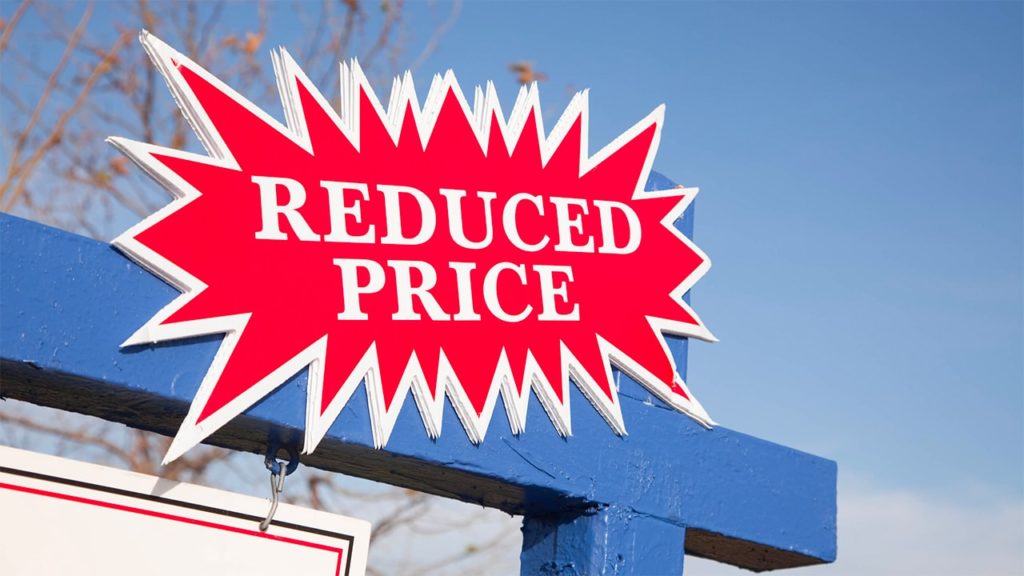When a house doesn’t sell within the normal timeframe, there’s usually a reason why. Here are some of the most common barriers to a successful home sale:
#1: Overpricing
Asking for an insane amount of cash is a surefire way to scare off potential buyers. When a house is priced above market value, it deters potential buyers and lingers on the market for too long. This often results in a slow sale for less than market value. Don’t let greed get in the way of a successful sale—be realistic and price your house competitively.
#2: Poor Condition or Defects
If your house looks like a dumpster fire or smells like a petting zoo, buyers will run for the hills. Homes that lack visual appeal may struggle to attract buyers. Some issues are easy to spot, such as outdated fixtures, loud paint colors, or worn-out flooring. But structural problems or deferred maintenance will also discourage buyers. A leaky roof, failing windows, crumbly foundation, pest activity, or plumbing and electrical problems may scare buyers away faster than a swarm of bees.
#3: Inadequate Staging or Presentation
Sometimes you walk into a house and think, meh. Properly staging a home can help buyers visualize themselves living in the space and create an emotional connection. If a house isn’t effectively staged to highlight its best features and create a welcoming atmosphere, it won’t make a great first impression. Either physical or virtual (digital) staging can help sell a vacant home. De-cluttering, depersonalization, and professional styling can help sell an occupied home.
#4: Weak Marketing and Exposure
Effective marketing is essential for reaching the right audience. Compelling listing descriptions and detailed property facts are just the beginning. Not every potential buyer is actively monitoring MLS listings from an agent, so it helps to get in front of the general public. There are a wealth of tools to promote your property, such as professional photography, open houses, flyers, signage, digital and print advertising, social media content, email alerts, QR codes, drone footage, 3D/Virtual tours, and even one-to-one networking.
#5: Undesirable Location
If a noisy freeway or run-down shack is your closest neighbor, you might have a harder time selling. The location of a property plays a significant role in its marketability. Factors such as proximity to shopping, schools, doctors, entertainment, transportation, or undesirable surroundings can impact the perceived value and desirability of a house. Some buyers are also reluctant to live on a dirt road or a steep slope.
#6: Bad Timing
Occasionally, bad timing can cause a slower sale, and it’s often beyond your control. Occasionally, two similar properties in the same neighborhood go on the market at the same time. Homes listed during some busy holiday seasons may attract less traffic. An extreme change in the weather may keep potential buyers at home. A national tragedy can bring buyer showings to a halt. These issues are usually temporary, but it’s important to monitor the events around you.
#7: Difficult Terms & Sale Conditions
If a home doesn’t meet eligibility requirements for certain loan programs, or has burdensome restrictions on showings and offers, it may be difficult to get it under contract. A home could have a lease that transfers with the sale, or be subject to bank or third-party approval. Buyers may not have the patience to deal with headaches from title issues, limited access, permit problems, or unreasonable seller demands.
Final Thoughts
It’s important to address these potential issues proactively and work with a knowledgeable real estate agent to navigate any challenges. By addressing pricing, condition, staging, marketing, and other factors, you can increase the chances of a successful sale.

